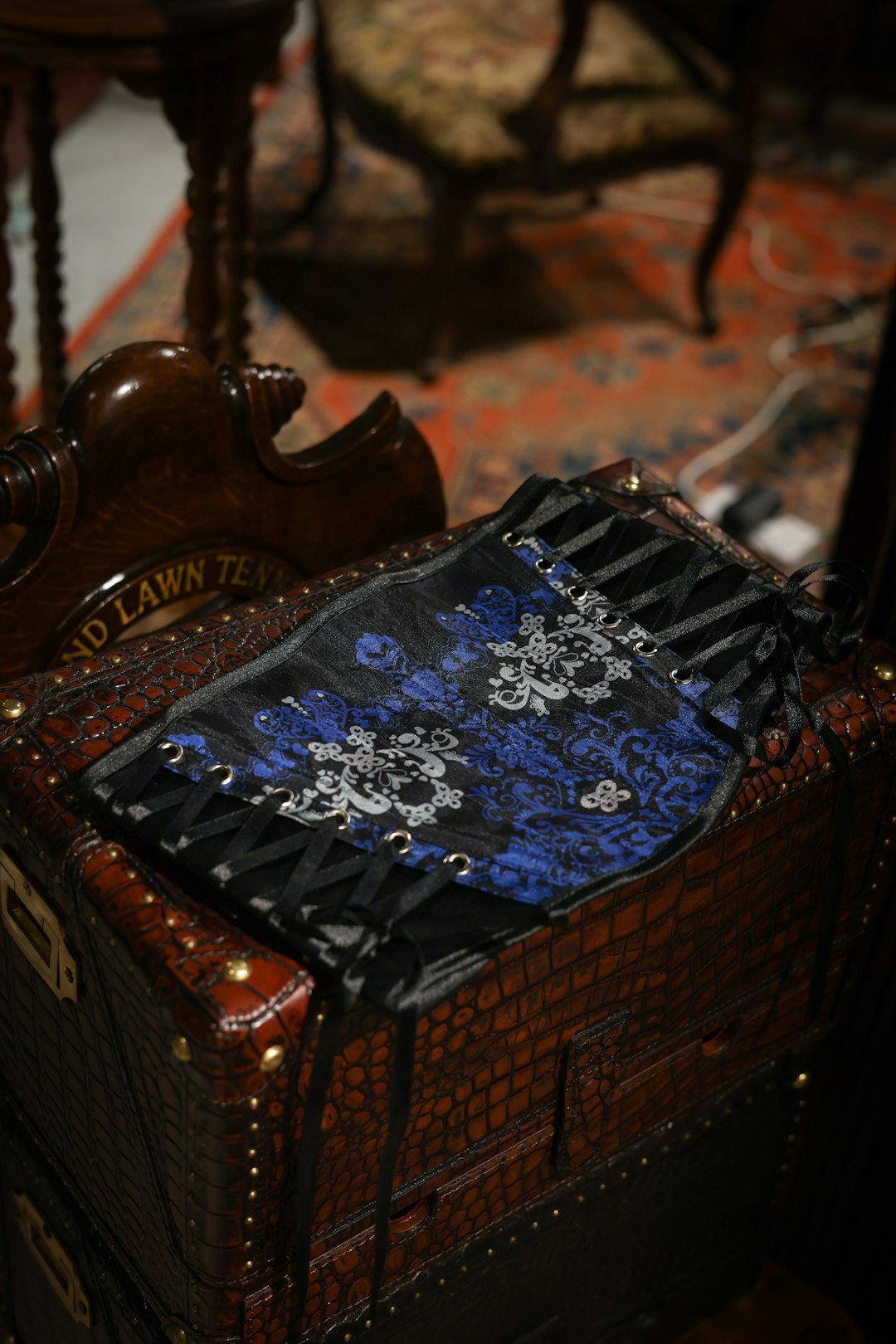It was really important to have pointy boobs in the 50’s.
Decades earlier, women in the 1920’s wore the “Flatter-U” brassiere or a “Boyshform binder” to (present as female, and) provide a “low and flat bust.”
A woman with an “ideal” body in either of those eras, as different as they were, could time travel here today and, if she looked at media may tell herself “I don’t look like I ‘should.’” Even though models and movie stars of her time were working hard and being paid to look just like she does. The perfect body is a continually moving target.
We finally came up with sports bras at the end of the 1970’s and in the 80’s the fitness industry took off. It was not only okay for women to have muscles, it was suddenly encouraged and considered attractive. And a flat butt- everyone was trying so hard to get rid of her butt! If you are a Gen Z reader, what is it like to imagine your friends longing for a flatter back side?
There are women who had today’s “ideal” figure in decades past and worked hard to change it, in order to achieve what was then, the ideal female shape.
Going back even further in time, Anne Hollander writes in her article When Fat Was in Fashion:
Keep reading with a 7-day free trial
Subscribe to Body Acceptance Project to keep reading this post and get 7 days of free access to the full post archives.




